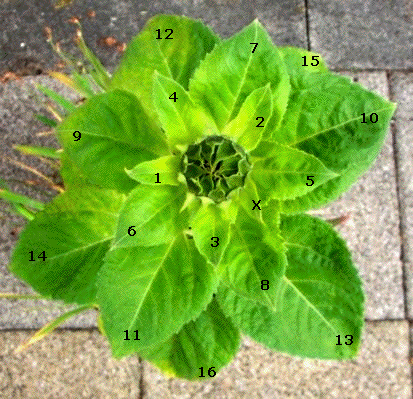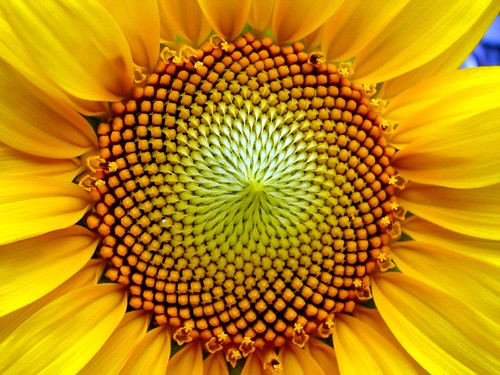
Source: http://blog.the-market-toolbox.com
To play music, we use our fingers, and the size of their joints actually forms a mathematical pattern called a "Fibonacci Sequence".
Leonardo Fibonacci, was born in the 12th century, and studied a sequence of numbers with a special type of rule for determining the next number in the sequence.
He began the sequence with 0,1, ... and then calculated each successive number from the sum of the previous two. ( Eg. 0+1=2, 1+2=3, 2+3=5, 3+5=8, etc)
This sequence of numbers is called the Fibonacci Numbers or Fibonacci Sequence.
The Fibonacci numbers are interesting in that they occur throughout both Nature, Art, Engineering, and Music.
Here are the first few numbers of the sequence:
0, 1, 1, 2, 3, 5, 8, 13, 21, 34, 55, 89, ......
The ratios of these successive numbers leads to interesting spiral patterns that are found in nature:

Image Source: http://ps2pm.files.wordpress.com

Image Source: http://www.onlineinvestingai.com

Image Source: http://www.maths.surrey.ac.uk

Image Source: http://www.creationresearches.com

Source: http://farm1.static.flickr.com
Nature is indeed beautiful, but our main interest here is the maths in music.
The Fibonacci Numbers amazingly form the foundation of music.
The first numbers of the Fibonacci Series (after 0,1) are: 1, 2, 3, 5, 8, 13

There are 13 notes in the span of any note through to its octave.
Eg. For the Octave of C on the piano keyboard shown above, there are
thirteen notes in total : 8 white keys and 5 black keys.
However to play the "scale" of C, we only play the 8 white keys.
- A scale is comprised of 8 notes, of which the 5th and 3rd notes create the basic foundation of all chords.
- We also have harmonising intervals of 3rds and 5ths.
- To produce a "third" we play the first note and a note 2 tones higher than this note.
- To play an Octave we play the first note, and then a another note 8 tones higher.
The series can also be used when composing music to make patterns of notes that are pleasing to the ear. It is claimed that classical composers like Mozart and Bartok used the Fibonacci series in some of their pieces.
For a more in depth look at symmetries in Music, including use of the Fibonacci Sequence in music, then check out the following excellent webpage from the "Mathematical Institute of the Serbian Academy of Sciences and Arts".
http://www.mi.sanu.ac.rs/vismath/jadrbookhtml/part42.html
Has the Fibonacci Series ever been used in Rock Music ?
Yes of course it has! Power Chords are actually 5ths intervals, Triad chords use 1,3,and 5, Octaves use 8ths: these are all Fibonacci numbers !
Here is a fun outdoor piano that was built in Sweden. People were able to do their own experiments with different sequences of the Fibonacci based notes. The results were very entertaining.
Here is some music and images, that are not Fibonacci Sequences, but instead involve "Fractals", which are another type of really interesting mathematical pattern. The following chillout video is a Montage of "Mandelbrot" and "Julia" Sets.
Enjoy,
Big Passy Wasabi
No comments:
Post a Comment